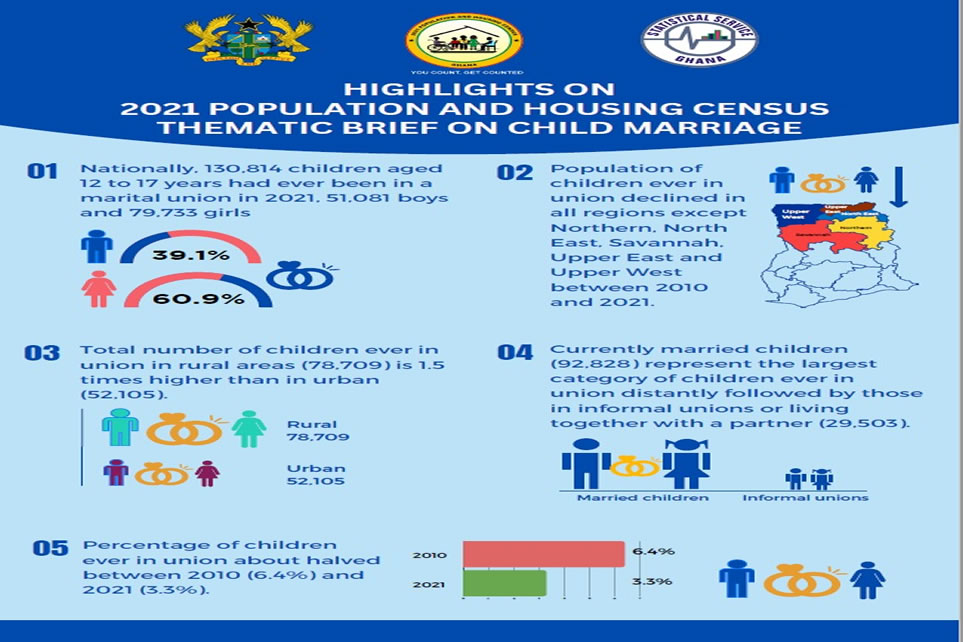
What is a Post Enumeration Survey?
The systematic attempt to estimate the accuracy of the overall count of censuses by sample surveys has become a part of the census operations in Ghana since 1960. In the 1984, 2000 and 2010 censuses, post enumeration surveys were undertaken to assess both coverage and content errors.
According to the United Nations Principles and Recommendations for Population and Housing Censuses, Rev.2, the post enumeration survey (PES) is a complete re‐enumeration of a representative sample of a census population followed by matching each individual enumerated in the PES with information from the census enumeration (UN, 2008). For many developing countries the Post Enumeration Survey (PES) has become a plausible independent evaluation programme. This is partly because other independent sources of data with relevant, comprehensive and reliable information are not that common (ECA, 1999). The results of the comparison are mainly used to measure coverage and content error in the context of the census. However, some countries only confine the PES to evaluating coverage error. Coverage error refers to housing units and people missed in the census or those erroneously included. On the other hand content errors evaluate the response quality of selected questions in a census and are also a basis for evaluating reliability of some characteristics reported in the Census.
Objectives
The PES has the following specific objectives:
(a) To measure under‐coverage and over‐coverage of persons and in some cases households/housing units. Thus, the PES can indicate to census data user’s specific coverage problems inherent in the census data and such errors can be quantified.
(b) To measure levels of agreement for responses to questions on selected characteristics, such as sex, age, marital status, relationship to reference person or head of household;
(c) To evaluate the comprehensiveness and definition of area primary sampling units (PSUs), such as EAs, as suitable units to be used in frame(s) of inter‐censal surveys. One of the main objectives of the census is to develop a complete, accurate and up to date frame for use in inter‐censal surveys, therefore through the PES the selected EAs can be evaluated;
(d) To offer the opportunity to learn from procedural and conceptual limitations in the census which need improvement in future censuses and large‐scale surveys. A PES can identify erroneous procedures used in a census. In conducting subsequent censuses, some lessons learnt from the PES would be used to improve implementation and methods of future censuses.
(e) To provide a statistical basis for adjustment of census results. On the basis of net coverage rates adjustments may be made to population census results. Using results from a carefully designed and implemented PES, under or over counts can be converted into adjustment factors and the census population increased or decreased accordingly by such factors. The adjustment is done at national and at times at other large domain levels. We should point out that there are many countries that do not adjust census figures, for various reasons, on the basis of PES results.
slot deposit pulsa 2023




